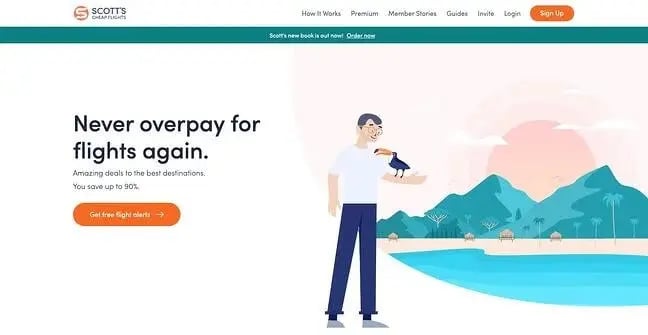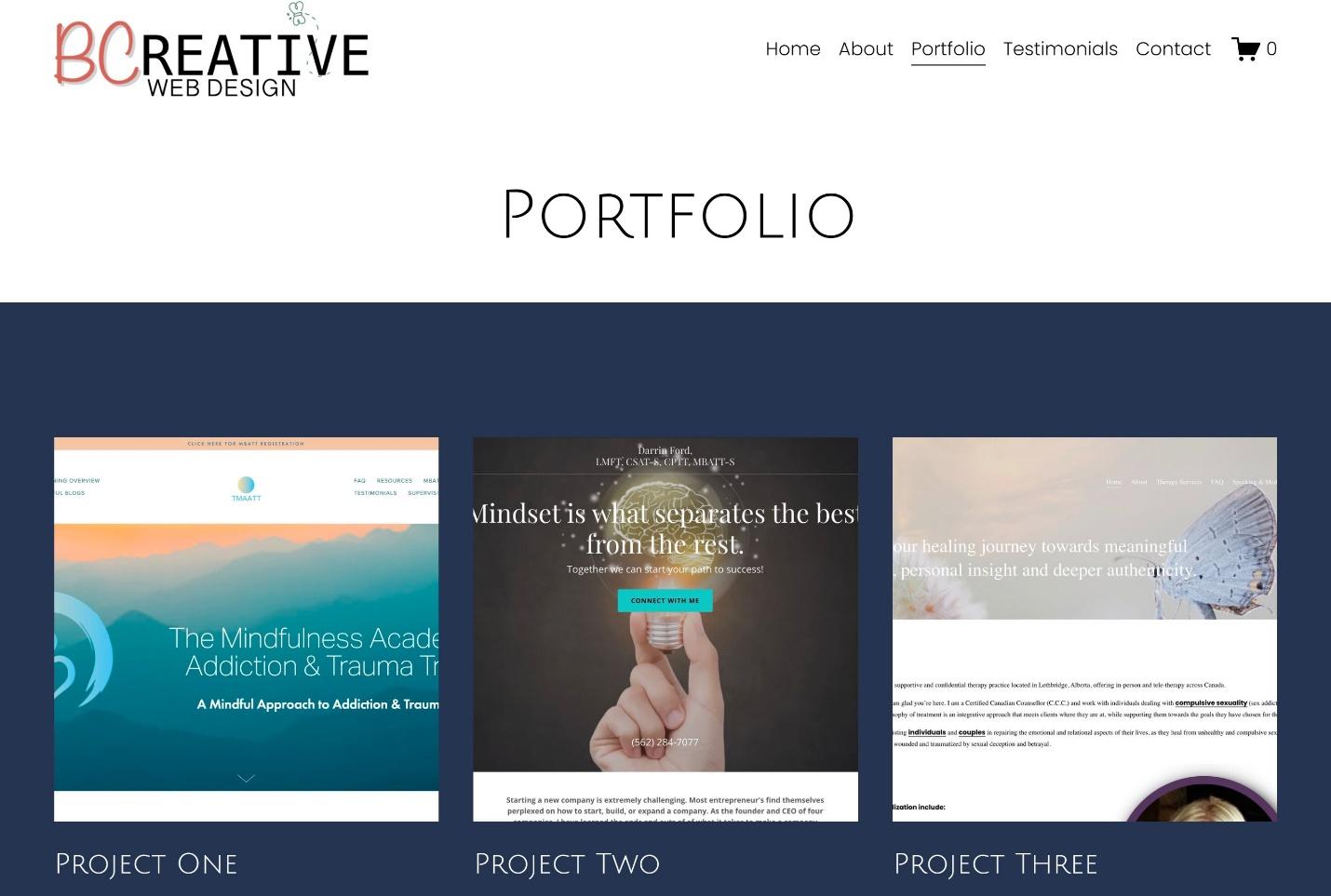Top Website Design in copyright Firms Offering Innovative Web Solutions
Achieve Online Success With User-Friendly Internet Site Design
In the increasingly competitive electronic landscape, the style of a website can be a pivotal consider figuring out a business's success. Easy to use layout not just improves the overall individual experience however additionally influences vital metrics such as retention, conversion, and interaction rates. By prioritizing user-friendly navigation and access, companies can cultivate a much more inclusive setting that appeals to a broader audience. Nevertheless, comprehending the specific concepts and attributes that add to reliable style requires a closer assessment of present patterns and best methods, which might reveal chances for substantial improvement.
Importance of User Experience
User experience (UX) plays a pivotal duty in the success of an internet site, as it straight affects customer contentment and involvement. A favorable UX makes sure that visitors can browse the site effortlessly, access details promptly, and full preferred actions, such as authorizing or making an acquisition up for an e-newsletter, without aggravation.
In an electronic landscape where competition is intense, a website that focuses on UX can substantially boost brand name commitment and retention. Users are more most likely to go back to a site that supplies a smooth experience, developing a cycle of repeat visits and increased consumer life time value. In addition, reliable UX design can lower bounce prices, as customers are much less likely to leave a website that meets their demands successfully.
Moreover, search engines progressively take into consideration user experience factors when ranking internet sites. Hence, spending in user experience is necessary for accomplishing long-lasting success in the electronic industry.
Key Concepts of User-Friendly Style
A successful easy to use layout depends upon numerous essential concepts that boost functionality and availability. Is simpleness; a clutter-free user interface enables users to navigate effortlessly, minimizing cognitive load. This principle stresses the significance of succinct and clear content, enabling users to locate information rapidly without unnecessary interruptions.
Consistency is one more essential part. Constant use of font styles, formats, and shades cultivates knowledge and constructs depend on. Customers must really feel comfy as they explore various areas of the web site, knowing that comparable elements represent related capabilities.
Efficient typography also plays a vital role in easy to use layout. Legible typefaces, suitable dimensions, and adequate spacing guarantee that web content is quickly legible across various gadgets. Additionally, including user-friendly aesthetic pecking orders aids users recognize essential details and activities at a glance.

Vital Attributes for Navigating
Effective navigation is critical for any user-friendly internet site, as it straight influences the total individual experience. A well-structured navigating system enables users to find details rapidly and effectively, lowering aggravation and increasing interaction.
One necessary attribute is a clear and instinctive menu that categorizes content logically - website design copyright. This food selection must be quickly available from every web page, often positioned at the leading or on the side of the website. In addition, integrating breadcrumb navigation aids individuals understand their place within the site pecking order and makes it less complicated to backtrack
Search functionality is an additional essential element, enabling individuals to locate certain web content without sorting through numerous pages. This attribute needs to be plainly presented and receptive to variations in input.
In addition, a mobile-responsive design guarantees that navigation continues to be smooth across gadgets. As mobile usage proceeds to increase, menus should adapt to various display sizes without endangering functionality.
Last but not least, aesthetic hints such as highlighting the energetic page and making use of hover impacts can enhance user communication. By integrating these vital features, website developers can create a navigational experience that is not just straightforward but also urges exploration and retention.
Availability Factors To Consider
Availability considerations are important to creating an easy to use website that satisfies all people, despite their impairments or capabilities (website design copyright). Web sites must be developed to guarantee that users with visual, acoustic, cognitive, or motor problems can engage with material effectively. This starts with adherence to the Internet Material Accessibility Guidelines (WCAG), which provide a framework for making digital content much more obtainable
Key methods include the use of descriptive alternative text for photos, guaranteeing color comparison ratios satisfy access standards, and offering subtitles for multimedia components. Additionally, the navigation ought to be user-friendly, enabling customers to tab via web links and interactive components conveniently. Executing keyboard navigation is important for those not able to utilize a computer mouse.
In addition, concise and clear language improves comprehension for individuals with Continued cognitive restrictions. Forms ought to be simple, with labels and instructions that are understandable. Regular you can try these out ease of access testing, including individual responses from individuals with specials needs, can help identify obstacles and boost usability.
Measuring Design Success

Customer comments surveys and functionality testing are vital in analyzing the efficiency of design elements. These techniques permit developers to collect direct input from customers, recognizing discomfort points and locations for renovation. In addition, tracking heatmaps can disclose where individuals click most frequently, aiding to inform layout changes and material prioritization.
Analytics tools play a necessary duty in determining design success by giving data-driven insights. Google Analytics can track individual actions, revealing patterns that suggest whether the layout is hindering the customer or helping with journey. Ultimately, an effective site layout not just fulfills company purposes but likewise promotes a seamless and satisfying customer experience, driving interaction and commitment in time. Frequently taking another look at navigate to this website these metrics makes certain that the site progresses in alignment with individual demands and market ideal practices.
Verdict
Prioritizing user experience through simpleness, user-friendly navigation, and reliable responses devices not only enhances user interaction and fulfillment but additionally promotes brand name loyalty. Incorporating crucial navigation attributes and access factors to consider even more makes certain that all individuals can successfully engage with the site.
Internet sites should be created to make certain that individuals with aesthetic, auditory, cognitive, or electric motor disabilities can involve with content properly.Measuring style success includes reviewing how properly a site meets its designated objectives while offering a favorable customer experience. Google Analytics can track user actions, revealing patterns that suggest whether the layout is promoting or impeding the individual trip. Ultimately, a successful site design not just satisfies business objectives but additionally fosters a seamless and satisfying individual experience, driving involvement and commitment over time. Prioritizing user experience with simplicity, intuitive navigating, and effective feedback mechanisms not only improves user involvement and satisfaction but also fosters brand name commitment.